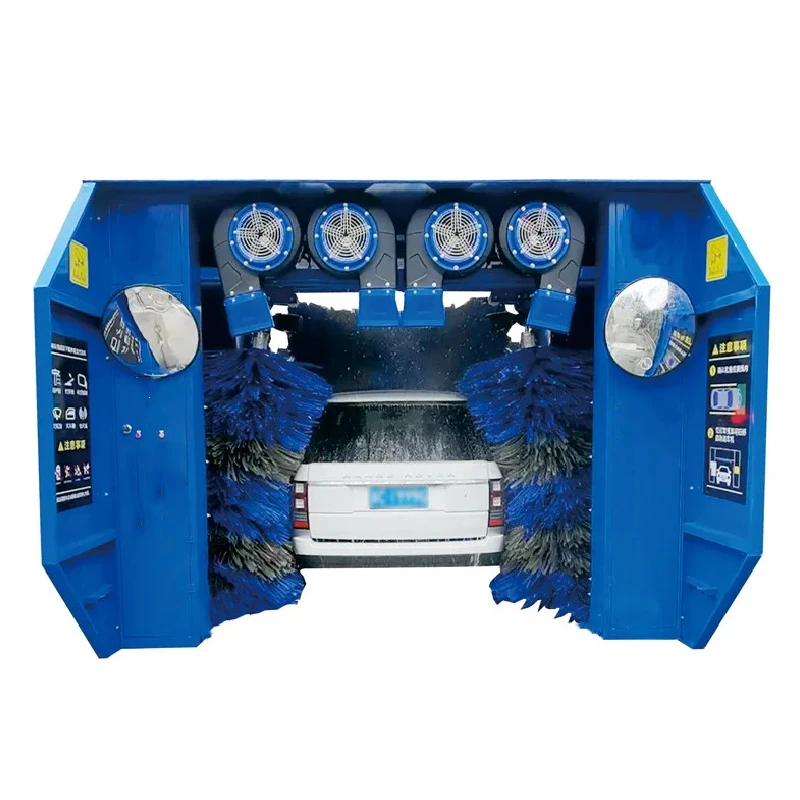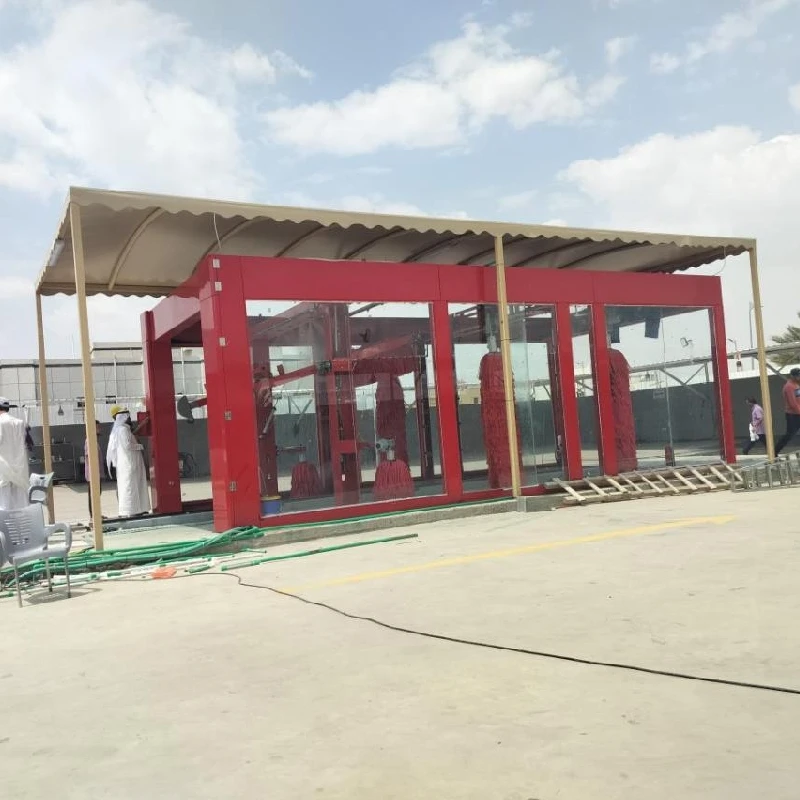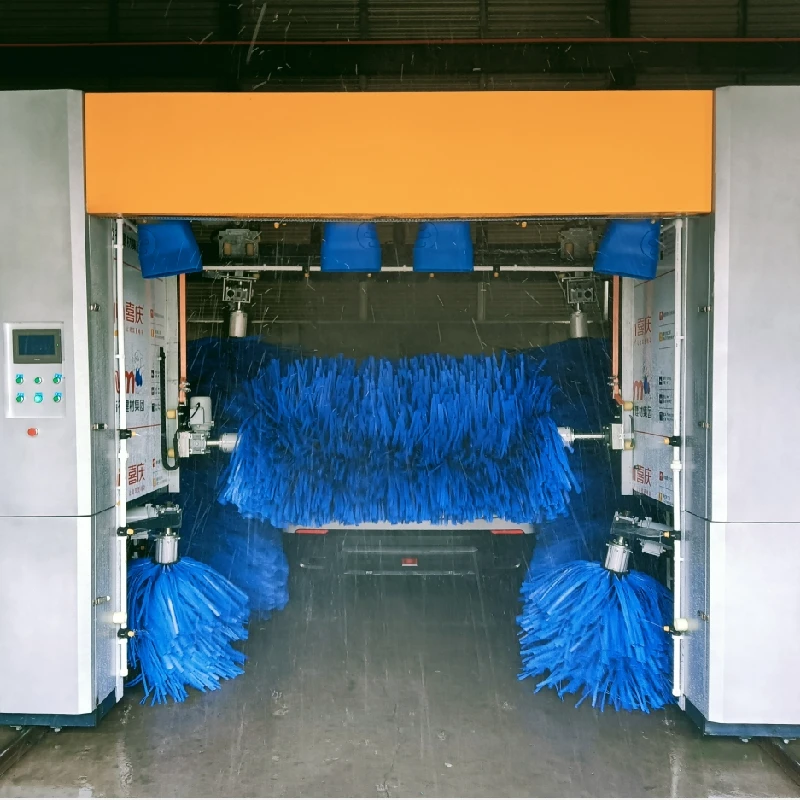
- Afrikaans
- Albanian
- Amharic
- Arabic
- Armenian
- Azerbaijani
- Basque
- Belarusian
- Bengali
- Bosnian
- Bulgarian
- Catalan
- Cebuano
- Corsican
- Croatian
- Czech
- Danish
- Dutch
- English
- Esperanto
- Estonian
- Finnish
- French
- Frisian
- Galician
- Georgian
- German
- Greek
- Gujarati
- Haitian Creole
- hausa
- hawaiian
- Hebrew
- Hindi
- Miao
- Hungarian
- Icelandic
- igbo
- Indonesian
- irish
- Italian
- Japanese
- Javanese
- Kannada
- kazakh
- Khmer
- Rwandese
- Korean
- Kurdish
- Kyrgyz
- Lao
- Latin
- Latvian
- Lithuanian
- Luxembourgish
- Macedonian
- Malgashi
- Malay
- Malayalam
- Maltese
- Maori
- Marathi
- Mongolian
- Myanmar
- Nepali
- Norwegian
- Norwegian
- Occitan
- Pashto
- Persian
- Polish
- Portuguese
- Punjabi
- Romanian
- Russian
- Samoan
- Scottish Gaelic
- Serbian
- Sesotho
- Shona
- Sindhi
- Sinhala
- Slovak
- Slovenian
- Somali
- Spanish
- Sundanese
- Swahili
- Swedish
- Tagalog
- Tajik
- Tamil
- Tatar
- Telugu
- Thai
- Turkish
- Turkmen
- Ukrainian
- Urdu
- Uighur
- Uzbek
- Vietnamese
- Welsh
- Bantu
- Yiddish
- Yoruba
Automatic Carwash Equipment – Advanced Automatic Carwash Machine & Carwash Equipment for Fast, Efficient Cleaning
- Introduction to automatic carwash equipment
and its market evolution - Technological breakthroughs improving operational efficiency
- Comparative analysis of leading manufacturers
- Customization options tailored to business needs
- Real-world case studies and diversified applications
- Key maintenance practices and lifecycle management
- Future prospects for automatic carwash equipment
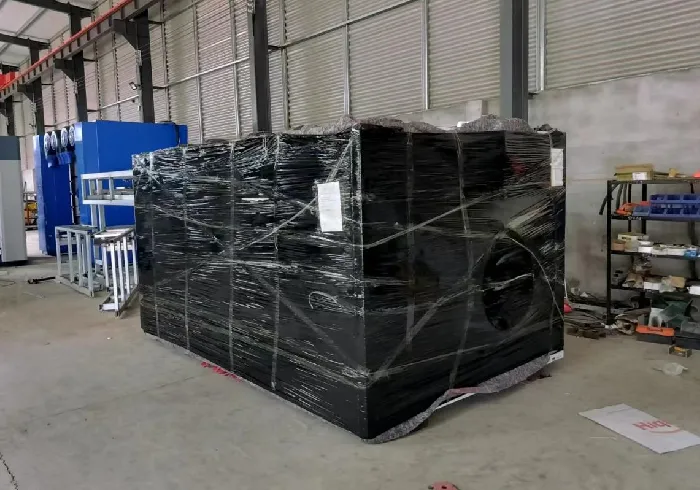
(automatic carwash equipment)
Automatic Carwash Equipment: Unveiling Modern Solutions
In the global carwash industry, automatic carwash equipment has emerged as an essential part of vehicle maintenance and commercial car cleaning services. This technology, first introduced in the mid-20th century, has gravitated toward automation, efficiency, and sustainability to meet current market demands. The worldwide market size for carwash services surpassed $34 billion in 2022, with the annual growth rate projected at over 3.5% through 2029. Automatic carwash machine adoption is notably high in regions such as North America and Western Europe, driven largely by consumer demand for convenience and water conservation. Operators are increasingly embracing advanced carwash equipment that leverages IoT, touchless technologies, and eco-friendly features. These advancements not only reduce costs but also ensure consistent wash quality, which is pivotal for client satisfaction and brand reputation in the service sector.
Technological Innovations Driving Performance
The leap from manual cleaning to fully automatic carwash machines is underpinned by several technical advancements. Modern tunnels, rollovers, and in-bay automatics are equipped with high-precision sensors, soft-touch or touchless washing assemblies, and AI-controlled chemical dosing to optimize cleaning without surface abrasion. Through water reclamation modules, consumption per cycle can be brought down to just 30-50 liters compared to the traditional 150 liters in self-service bays, a reduction of nearly 70%. Integration with mobile payment solutions and license plate recognition enables seamless user experiences while offering actionable data insights. Conveyor mechanisms now feature adjustable drive speeds and hydraulic lifts designed for a wide array of vehicles, including SUVs and electric cars. Safety interlocks and remote monitoring ensure minimal downtime, while energy management systems reduce overall operation costs by up to 40%, addressing both ecological concerns and economic objectives.
Manufacturer Comparison: Market Leaders and Differentiators
Selecting the right automatic carwash equipment involves carefully evaluating technical specifications, warranty, and after-sales support. The table below compares key features of three leading manufacturers in this domain:
| Manufacturer | Model | Throughput | Water Usage (liters/cycle) | Power Consumption (kWh/cycle) | Warranty | Distinctive Feature |
|---|---|---|---|---|---|---|
| WashTechPro | SmartWash 5000 | 80 cars/hr | 42 | 2.3 | 3 Years | AI Foam Dosage, 4D Sensors |
| EcoClean Systems | HydroMax S6 | 55 cars/hr | 33 | 1.8 | 2 Years | 100% Water Reclaim Module |
| AutoSpray Inc. | JetStream Pro | 65 cars/hr | 50 | 2.5 | 4 Years | Cloud-Based Diagnostics |
This comparison reveals how throughput, environmental efficiency, and smart functionalities are key differentiators. Leading suppliers have invested significantly in research, with some patenting unique brushless technology and predictive maintenance software that can enhance equipment lifespan and minimize breakdowns.
Customizable Solutions: Tailoring for Business Scalability
Not all automatic carwash machine installations are created equal; customization is paramount for achieving operational excellence. Industry stakeholders can select from a menu of features such as customizable arch height, modular add-ons (e.g., tire scrubbers, triple-foam applicators), and advanced payment kiosks. Integration with fleet management software allows for coordinated scheduling and incident reporting. Facilities targeting luxury vehicles may opt for ceramic wax application and gentle air-drying. In regions with water scarcity, ultra-filtration and solar pre-heaters can be integrated. For high-throughput businesses, dual-lane systems drastically reduce customer wait times during peak hours. Operators are also increasingly demanding predictive analytics dashboards that centralize machine diagnostics, inventory usage, and revenue streams, facilitating proactive decision-making as business demands evolve.
Application Scenarios: Proven Cases of Carwash Equipment
The deployment of advanced carwash equipment extends far beyond conventional service stations. For instance, one urban express wash in Frankfurt reported an 18% increase in monthly revenue within six months of installing a sensor-driven tunnel system, while simultaneously reducing water consumption by 62%. Airport fleet service providers employ high-output rollovers to expedite large vehicle turnaround, maintaining on-time performance levels above 95%. Rental car centers, operating round-the-clock, value modular systems for their simplicity in maintenance and minimal training requirements. In emerging markets, startup entrepreneurs utilize compact in-bay automatics to establish efficient services even on small plots of land, achieving return on investment in as little as 16 months. These case studies illustrate that adaptation to unique operational settings, from high-traffic retail to specialized fleet maintenance, hinges on the versatility and reliability of the chosen carwash technology.
Maintenance and Lifecycle Strategies
Securing a long operational life and optimal performance from automatic carwash machinery requires diligent lifecycle management. Routine inspection, lubrication of moving parts, and real-time alerts for critical system failures are now common through digital control panels. Most manufacturers recommend regular replacement of brushes or spray nozzles every 12-18 months, depending on usage volumes. Calibration of chemical dispensers ensures uniform cleaning while preventing overuse, which can translate to annual chemical cost savings of up to 15%. Updated software algorithms contribute to energy optimization, noise reduction, and enhanced system safety. By adhering to a preventive maintenance schedule, operators can expect equipment lifespans of 12-15 years, significantly reducing total cost of ownership and unexpected disruptions.
The Future of Automatic Carwash Equipment
As the carwash industry continues to evolve, the outlook for automatic carwash equipment is marked by rising expectations for both efficiency and eco-friendliness. Electric vehicle compatibility, integration with smart city ecosystems, and real-time usage data analytics are poised to become standard benchmarks by 2028. Market analysts anticipate advancements such as waterless cleaning technologies and robotic scrubbing arms with adaptive pressure control, further reducing manual intervention. As legislation concerning water and energy consumption tightens, providers who invest in smart, durable, and customizable equipment will be best positioned for sustained growth. Ultimately, the emergence of interconnected, predictive, and sustainable automatic carwash solutions signals a new era—one where operational excellence, customer experience, and environmental considerations align seamlessly for businesses and communities worldwide.
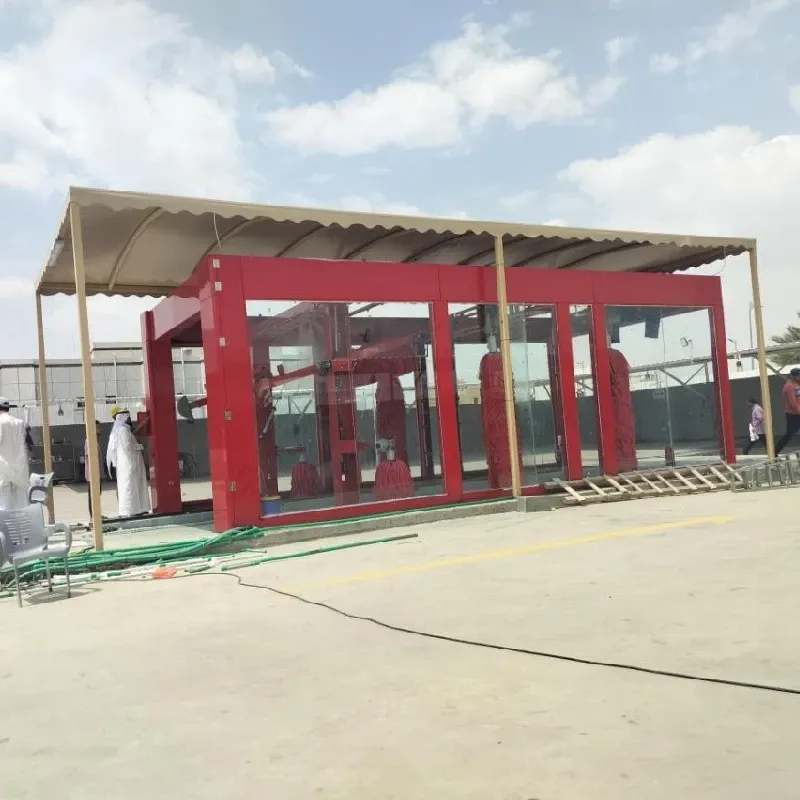
(automatic carwash equipment)
FAQS on automatic carwash equipment
Q: What types of automatic carwash equipment are available?
A: There are several types, including tunnel, rollover, and touchless automatic carwash equipment. Each offers different cleaning methods and capacities. Choose based on your business needs and customer preferences.Q: How does an automatic carwash machine work?
A: An automatic carwash machine uses sensors, brushes, and high-pressure water to clean vehicles efficiently. The entire process is controlled electronically. Minimal human intervention is required.Q: What are the main benefits of using carwash equipment?
A: The main benefits include convenience, time savings, and consistent cleaning results. Automatic carwash equipment also reduces manual labor. It’s suitable for high-volume car wash businesses.Q: Is automatic carwash equipment safe for all vehicle types?
A: Most modern automatic carwash machines are designed to accommodate various vehicle sizes and shapes. However, certain delicate or custom vehicles may require hand washing. Always check your equipment’s specifications.Q: How often should automatic carwash equipment be maintained?
A: Regular maintenance, typically every few months, keeps carwash equipment running efficiently. Follow the manufacturer’s guidelines for optimal performance. Proactive care reduces costly downtime and repairs.-
Integrating Aqua Tunnel Car Wash in Shopping CentersNewsJun.24,2025
-
Gas Station with an Auto Car Wash MachineNewsJun.24,2025
-
Efficiency in Your Aqua Tunnel Car Wash: Power & Water-SavingNewsJun.24,2025
-
Car Wash Business with Advanced Auto Car Cleaning MachinesNewsJun.24,2025
-
Balancing Setup Costs with Aqua Tunnel Car WashNewsJun.24,2025
-
Aqua Tunnel Car Wash: Eco-Design for the Energy-Savvy EntrepreneurNewsJun.24,2025

